Experimenting with a New Assessment Structure in PEWhat a year it has been. As I reflect on the last year, I'm drawn to what it means to lead with purpose and intentionality, but also how this journey has been shaped by being back in the trenches of teaching again after a few years away from it. I feel that my role as a pedagogical coordinator has been greatly impacted by this journey. I've struggled to come up with a very clear professional inquiry within my role as a pedagogical coordinator this year, not because I haven't thought deeply about it, but more so due to the complexities related to teaching and learning during the time of COVID. Truly assessing teacher needs during this time and knowing when to step in and positively challenge and when not to has been difficult terrain to navigate. I want to honor each teacher and where they are at in their own journey, but to also find the common ground needed to ensure that the focus remains on teaching and learning, especially during this difficult time. Much of the work that I do with teachers is to help them talk their way through their teaching and to plan in the most efficient ways possible in order to have a deeper impact on student learning. I'm always thinking about ways that I can positively impact teachers and their pedagogy/practice. In thinking about these things, I've been drawn full circle back to my own teaching. Over the last 5 years as a pedagogical coordinator, I have had to reflect on how my values and priorities have changed in regards to what I feel sound pedagogical practice to be. My last year of full-time teaching was 2014. When I reflect back to the teacher I was then, although I felt I was doing good things and took my job seriously, my thinking has shifted/evolved in regards to what I now believe good teaching to be. Being immersed in teaching again this year has made me reconsider my own instructional practice and what I need to do to become a better educator. I think my role as a pedagogical leader is deeply impacted by my journey teaching this year. This blog post is devoted to my role as a teacher and what I have learned through the process of teaching again. As a PE teacher, I obviously want my students to find inspiration through physical activity and sport. How I create the conditions for students to feel as though they belong and matter is critical to me, but sprinkled into this journey is the need to be precise with my planning and assessment in order to give timely feedback that matters. When I began teaching again this year, I felt rusty, out of sync, and slightly overwhelmed. It's one thing to drop in to a teacher’s class and co-teach or model a lesson or part of a lesson, it is an entirely different thing to plan and teach an entire unit and to try and assess the students in meaningful ways that are authentic in nature. In thinking my way through my own teaching, I really did need to experiment, explore, and think about how to maximize engagement given the current restrictions, but to also activate student voice in multiple different ways in order to find out more about how they felt about their learning experiences with me. I had to be clear on the structure of my lessons, progressions within the lesson, but to also try to differentiate as much as possible to allow students to find their own entry point into learning. I realized quickly that the structures I first started with at the beginning of the year were not working. Way too many inconsistencies and a major lack of routine led me to thinking very clearly about how I can better create clear structures within my lessons. The biggest weakness within my lessons were my assessments. How I structured my assessments, the language I used, and the way I gathered evidence needed to get better. I needed to be much more concise/efficient in my approach, but give myself the freedom to explore and tinker with different ideas knowing that I really did have the students’ best interests at heart. Teaching in the single subjects can be a daunting task when there are so many students to assess. My curiosity led me to developing an assessment structure that I hope provides timely feedback and that students know what their next steps are throughout this process. I want to share where I am at in this process and the assessment structure that I have been exploring with in our cycling unit. To be clear, I do not know to what extent this assessment structure is actually working or the impact it has. I feel it is having a positive impact, but I will not base this feeling on a hunch. I need to have someone come into my classes to do student interviews. My colleague and buddy, Zack Smith, has volunteered to do this for me at some point, so I will access him as a support through this process. As road safety was a critical component to this unit, we wanted to emphasize this in our teaching from the start of the cycling unit. Not only were the students required to know their ABC check (Air, Brake, Chain/Clothing), they needed to demonstrate a number of different skills related to riding safely on the roads of KAUST, but this journey began within the school ground. Using the newly painted yellow lines and crosswalks, the students needed to practice their hand signals and focus on spatial awareness and riding with control and balance. Rather than overly skill and drill them, I wanted to open it up for exploration of road safety skills and allow the students to choose what it was they felt they wanted to work on. However, the non-negotiable was that they needed to work on road safety skills. In order to give them timely feedback, I created a colored dot self-assessment strategy that I was hoping would work well to not only give them timely feedback but to also use this dot strategy as a tool for communication with parents. As the kids explored different road safety skills, they would decide whether they were a red dot (impossible for them), a yellow dot (getting there but needs more work) or a green dot (confident and competent in their ability). I had the dots printed off with text on each dot indicating what it was the task was focused on. Once the students selected which color they felt was most appropriate, the hope was that when they went home, the parents would see what it was they were working on and help the kids further develop these skills, so that reds turned to yellow and yellows turned to green. The idea is that this would visibly show a progression of their own learning which was unique to them and their level of skill. For the students who reached competency and who were confident in their road safety skills, I could open up other challenges in the unit sooner rather than keep them in the basic road safety phase of the unit. To me, this was an important part of differentiating learning. The plus side of using this assessment strategy was that when the students brought their bikes home at the end of each lesson, their parents could see the exact challenges the students were working on and how the student had self-assessed themselves. A perfect launch point for parents then helping to support their child's learning and growth related to cycling after school and on weekends. The main idea behind this assessment is that the students can show progression in their learning turning red stickers to yellow and yellow stickers to green. This unit was further unpacked to include various challenges on a bike from simple to complex in nature. Through further exploration, the students had autonomy over choosing which challenges that they wanted to try out and to self-assess along the way. This is now the stage we are at in this unit as we move toward wrapping things up. The students were actively involved in co-constructing what these challenges were, so these challenges are based on their voice and their experiences.
The questions that I have about my own practice and this unit in particular are:
Next Steps: I’ve asked Zack Smith to collect student voice for me. I will refine the questions I ask with his support and analyze the student voice data to inform next steps in my own teaching that I can apply in our next unit. As much as I want to say that kids are loving this unit, that they are learning and making genuine progress, I cannot base this on a hunch, but must inform myself with student voice data in moving forward. I look forward to teaming up with Zack to help me through this process.
0 Comments
Leave a Reply. |
AuthorKAUST Faculty, Pedagogical Coach. Presenter & Workshop Leader.IB Educator. #RunYourLife podcast host. Archives
September 2022
|
- Welcome
- All Things Teaching and Learning
- The Aligned Leader Blog
- Consulting and Coaching Opportunities
- My TED X Talk
- My Leadership Blog
- Run Your Life Podcast Series
- How PYP PE with Andy Has Helped Others
- Good Teaching is L.I.F.E
- The Sportfolio
- Example Assessment Tasks
- PYP Attitude Posters (printable)
- Publications
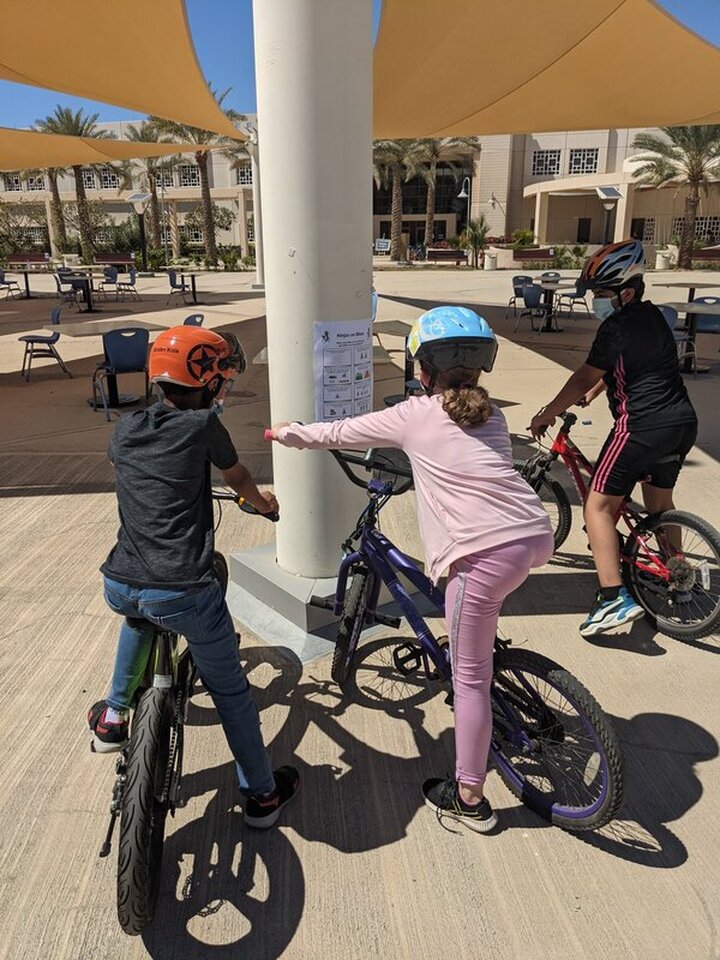
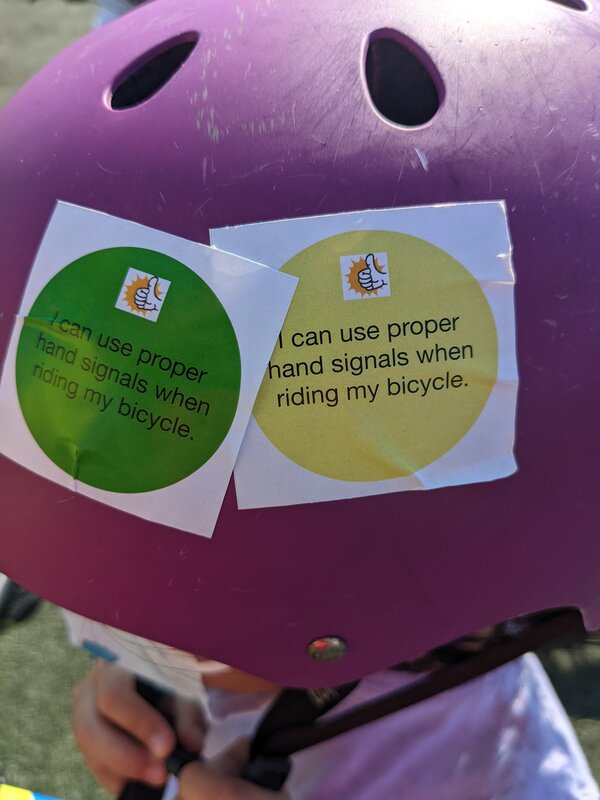
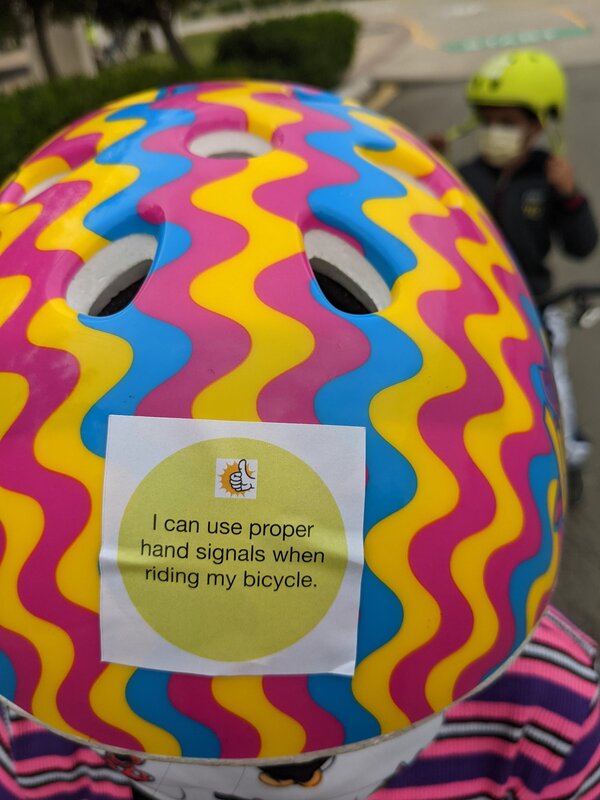
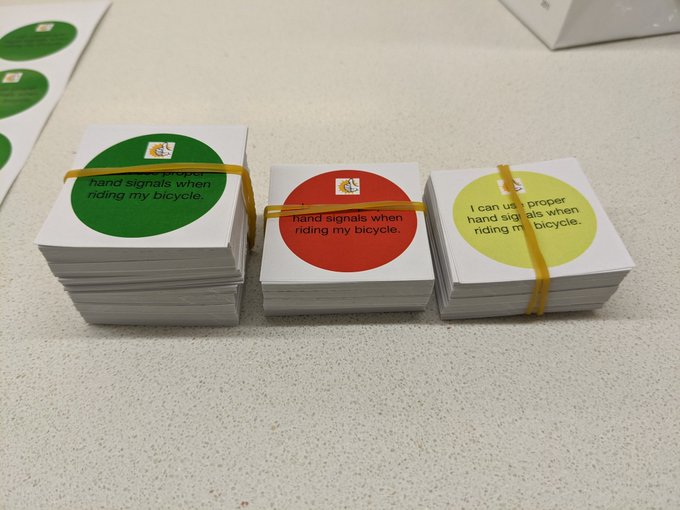
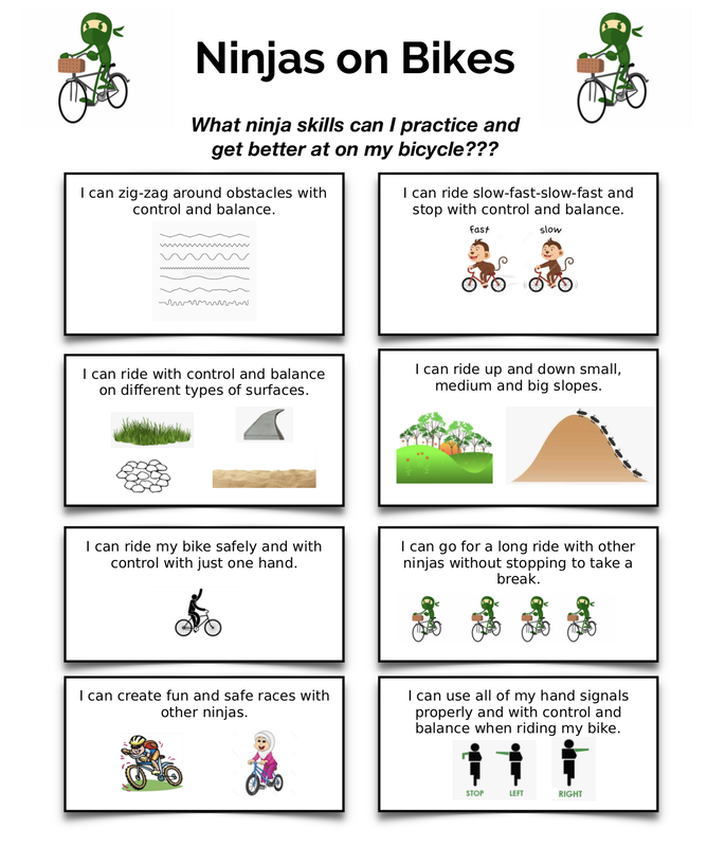
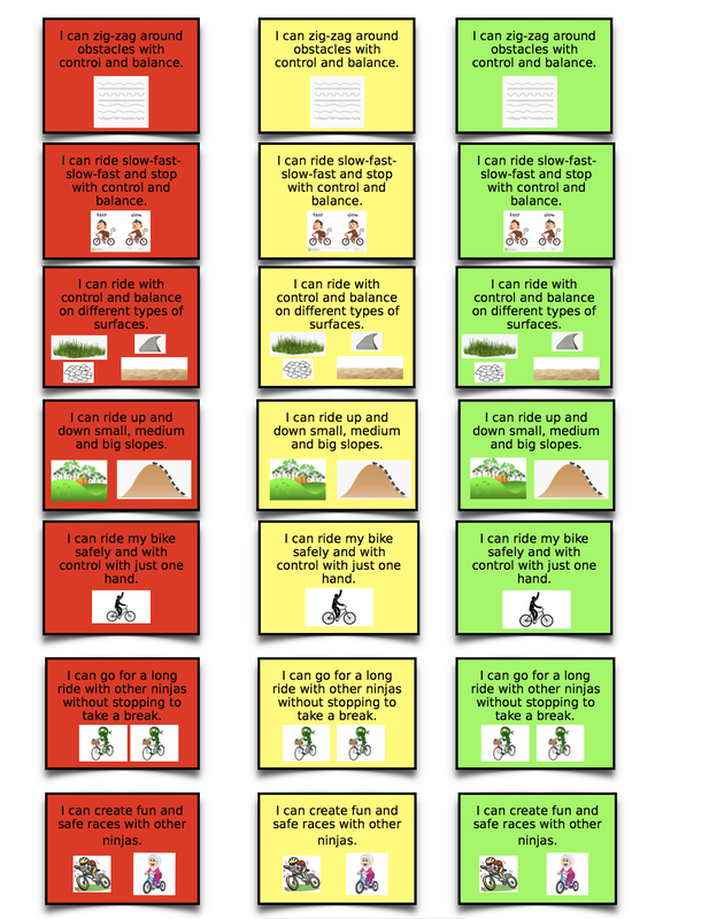
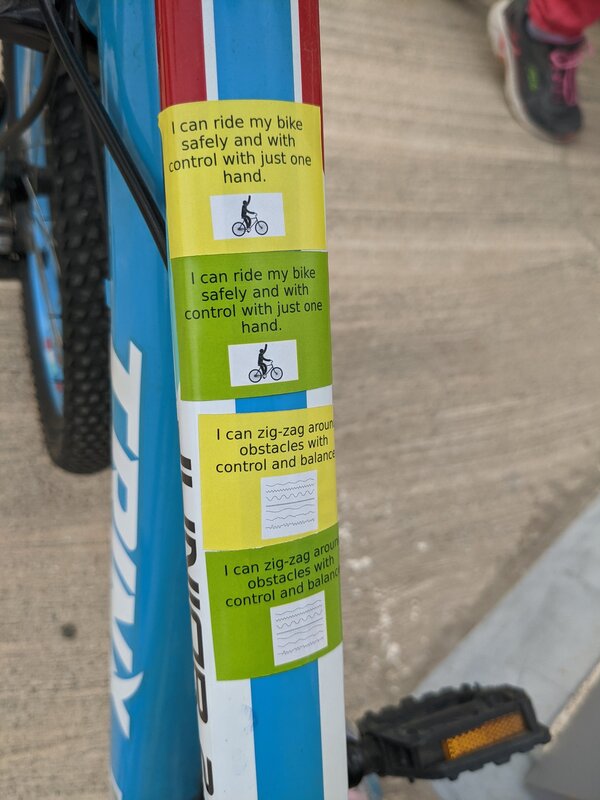
 RSS Feed
RSS Feed
